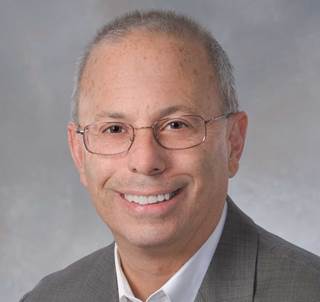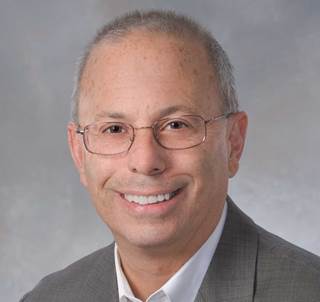
Imagine you’re diagnosed with a rare cancer. There are no FDA-approved treatments. But after frantically searching the internet, you discover hopeful news — a pharmaceutical company is developing a possible cure.
Unfortunately, the drug is in the early stages of development. It’s not FDA approved — at least not yet. There’s no guarantee the medicine will work. There might even be serious, unknown side effects. But, of course, you’re eager to try it — the alternative is certain death.
The good news is that under current law, you could petition the company for permission to try the experimental drug. If the company agrees, you would then have to seek permission from the FDA.
Some members of Congress believe the FDA should be taken out of the equation. They complain that the agency bogs down the review process and prevents terminally ill patients from accessing potentially lifesaving treatments. They recently introduced the Trickett Wendler Right to Try Act of 2017, which would allow “unrestricted possession and use” of experimental drugs. It passed the Senate in early August.
Lawmakers’ hearts are in the right place. But they’re misinformed. The FDA doesn’t delay the process — and cutting out the agency would be dangerous.
When it comes to reviewing patients “expanded access” applications, FDA officials do not drag their feet. From 2012 to 2015, the FDA reviewed nearly 5,800 expanded access requests and authorized 99 percent of them, according to the Government Accountability Office. The FDA approved emergency requests in less than a day, on average. It generally approves regular requests in four days.
The FDA had good reason to deny the one percent of applications. Some applications were incomplete, others requested drugs that did not demonstrate “efficacy for its intended use” and others asked for medicines to treat diseases for which there were already available treatments. If the FDA were not required to review these applications, then many patients might find themselves taking experimental drugs that do more harm than good.
The FDA also recently simplified the application process.
Previously, physicians had to provide 26 types of information and complete seven attachments to recommend a patient’s expanded access request. Filing out sometimes took more than 100 hours.
The new application, launched in summer 2016, only asks for eight types of information and one attachment. Physicians can complete it in 45 minutes.
There’s not much room for improvement in the expanded access application process. But there’s still a way for the FDA to increase sick patients’ treatment options.
The agency could encourage doctors to prescribe more medications “off-label.” That means using a drug approved for one disease to treat a different condition.
Many physicians already prescribe drugs off-label, since many medicines effectively treat conditions that aren’t listed on the prescribing label. One in five prescriptions is issued for off-label uses.
Current FDA regulations bar manufacturers from promoting the off-label uses of their drugs. As a result, many physicians and patients remain unaware of these uses or are hesitant to try a drug off-label. Allowing drug makers to share truthful, accurate and non-misleading information about off-label uses could help physicians and patients make better treatment decisions.
The FDA already provides patients with safe, quick access to experimental treatments. There’s no reason to cut the agency out of the process. Lawmakers would better serve vulnerable patients by allowing the FDA to ease off-label prescribing regulations.
By Peter J. Pitts
Peter J. Pitts, a former FDA associate commissioner, is president of the Center for Medicine in the Public Interest.





